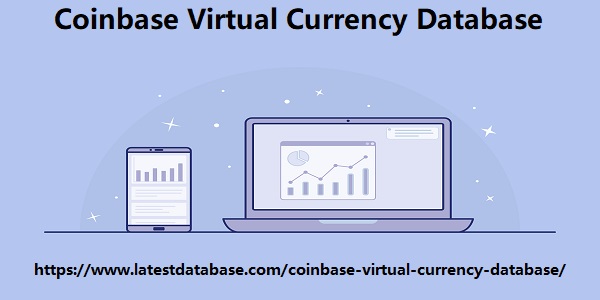Post by account_disabled on Feb 25, 2024 7:59:37 GMT
Believe me, if I'm writing about this, it's because I've seen it happen... CAPEM recommends using two opt-out methods, one of which must be the automatic link . Another CAPEM recommendation is that the recipient's opt-out request be responded to within 2 business days when made using an automatic link and 5 business days when made by other means. However, you can prove efficient to the user if you improve these deadlines. Users believe that their opt-out request will be answered immediately and it will certainly be an inconvenience if they continue to receive emails for 5 (business) days until their request is processed. TIPS FOR OPTIMIZING THE UNSUBSCRIBE PROCESS FOR YOUR EMAIL MARKETING AND NEWSLETTERS It's that story: whoever loves, lets go. Therefore, adopt these recommendations to have a healthy relationship with your mailing list even when people want to leave: Update or change registered email address To facilitate the process of unsubscribing or opting out of email marketing, it is very useful to offer recipients, in all emails sent, a link to update their registration that allows them to change the email registered in the sender's mailing list.
In this process, the recipient's old email is unsubscribed and the new address is opt-in registered, all in a single operation. Receive preference center For senders who send emails regularly and on different topics, having a personalized opt-out environment is extremely important so that the user has a macro view of all the emails they are subscribed to and how frequently they are sent. After you start receiving emails from the sender with a certain frequency, the daily email may become a nuisance, but the weekly email Coinbase Virtual Currency Database may continue to be useful. When the brand offers, on its website, an environment in which the recipient can easily control their options for receiving emails, the relationship between the parties becomes much healthier and more honest. Reasons to request opt-out or unsubscribe from email marketing Many sending platforms offer their customers the ability to create a survey on the opt-out page that asks the recipient why they want to stop receiving emails.

It is a very valid resource, as long as the opt-out is made immediately after the recipient clicks on the email link, and is not conditioned on the response to this survey. On some platforms, responding to this survey is not mandatory, but the opt-out is only effectively carried out when the recipient clicks again on the opt-out confirmation button on that page, even if they have not provided any reason for unsubscribing. What is expected from an opt-out link is the immediate removal of the recipient's email from that mailing, so that they do not need to waste their time reading the instructions on the landing page and then realizing that a second click will still be necessary to effectively exit the sender list. The recipient who clicks on the opt-out link in the email and does not pay attention to the instructions on the opt-out page to which they were taken will not have their email removed from the sender's mailing list and, in the next message they receive from them, they will imagine that your opt-out request was not respected, reporting the sender as a spammer.
In this process, the recipient's old email is unsubscribed and the new address is opt-in registered, all in a single operation. Receive preference center For senders who send emails regularly and on different topics, having a personalized opt-out environment is extremely important so that the user has a macro view of all the emails they are subscribed to and how frequently they are sent. After you start receiving emails from the sender with a certain frequency, the daily email may become a nuisance, but the weekly email Coinbase Virtual Currency Database may continue to be useful. When the brand offers, on its website, an environment in which the recipient can easily control their options for receiving emails, the relationship between the parties becomes much healthier and more honest. Reasons to request opt-out or unsubscribe from email marketing Many sending platforms offer their customers the ability to create a survey on the opt-out page that asks the recipient why they want to stop receiving emails.

It is a very valid resource, as long as the opt-out is made immediately after the recipient clicks on the email link, and is not conditioned on the response to this survey. On some platforms, responding to this survey is not mandatory, but the opt-out is only effectively carried out when the recipient clicks again on the opt-out confirmation button on that page, even if they have not provided any reason for unsubscribing. What is expected from an opt-out link is the immediate removal of the recipient's email from that mailing, so that they do not need to waste their time reading the instructions on the landing page and then realizing that a second click will still be necessary to effectively exit the sender list. The recipient who clicks on the opt-out link in the email and does not pay attention to the instructions on the opt-out page to which they were taken will not have their email removed from the sender's mailing list and, in the next message they receive from them, they will imagine that your opt-out request was not respected, reporting the sender as a spammer.